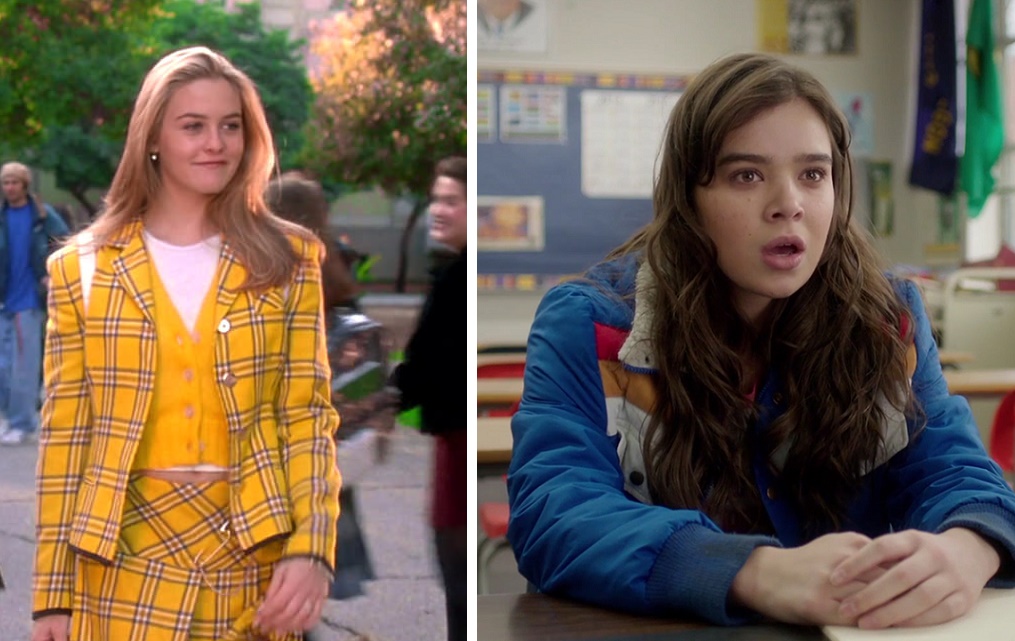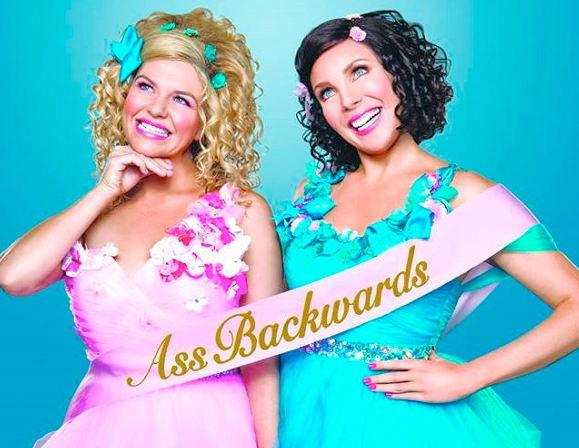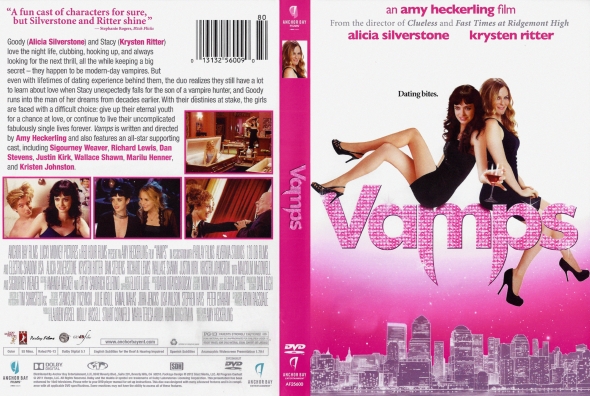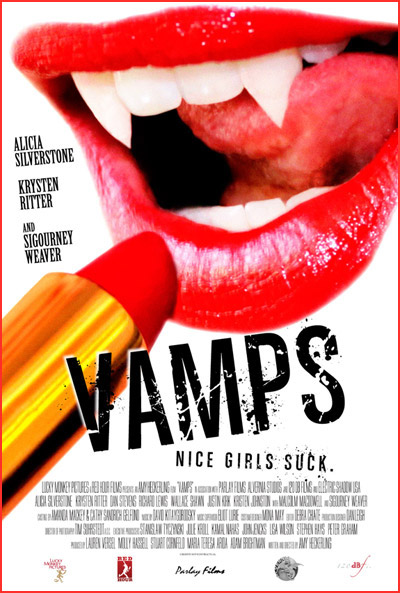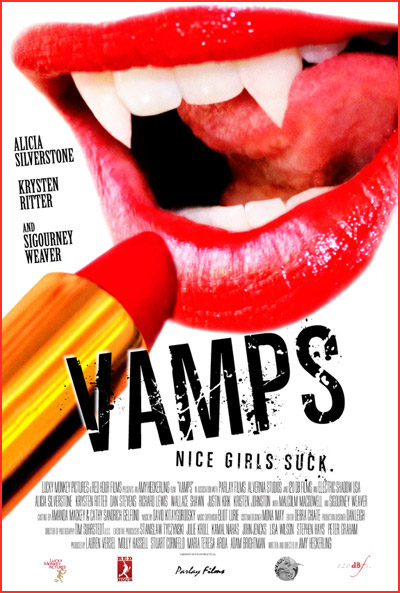This guest post written by Emma Casley appears as part of our theme week on Women Directors.
The Edge of Seventeen’s protagonist Nadine (Hailee Steinfeld) says, “There are two types of people in the world: The people who naturally excel in life and the people who hope all those people die in a big explosion,” placing herself firmly in the second camp. Though Cher Horowitz (Alicia Silverstone) is the star of an entirely different film released 21 years before, there’s little doubt that Nadine would categorize the Clueless character in the first group. Despite differences in tone and the personalities of their leads, both films share a similarity in subject matter: teenage girls growing up. And both films are written and directed by women – a rarity in mainstream movies.
These two women directors, Amy Heckerling (Clueless) and Kelly Fremon Craig (The Edge of Seventeen), use their films to give a focused examination on the insecurity and self-doubt teen girls face. Cher and Nadine’s personal struggles, as well as their relationships with older mentors, reveal how patriarchal expectations shape their lives as they come of age. Though the two films both focus on a very particular demographic of white, well-off teenagers, they do point to the ways in which even these girls of relative privilege suffer under the boundaries of gender roles. The films do what they aim to do well: give depth and nuance to a demographic that is often written off as being frivolous and shallow. However there are obvious limits in what these films can portray. Though casting a critical look at male privilege, both films leave issues like racial and economic inequality untouched. The success of Heckerling and Craig’s films demonstrates the need for even more diversity of voices in film rather than being the end goal of more inclusive filmmaking.
The similarities between Clueless and The Edge of Seventeen can be most clearly seen in the parallels between their lead characters. Their actions reveal how they both struggle with the immense pressure that society places on young women. Cher sees herself as an expert and mentor for her family, fellow students, and teachers; Nadine frets over her social awkwardness and isolation. Cher spends her weekend choosing non-school books to read and workout regimens; Nadine’s nights off involve crying while throwing up into a toilet while her one friend (Haley Lu Richardson) holds her hair back. Cher uses strategically delivered flowers and chocolates to woo the object of her affection; Nadine sends a painfully awkward and explicit Facebook message to her crush about “doing it in the Petland stockroom.”
Cher might present herself as more put together through reading Fit or Fat and working out to buns of steel, but this urge to constantly “improve” herself and others demonstrates how she sees herself as something that needs to be improved upon. She complains about “feeling like such a heifer” after spending the day eating candy and snacks, and after her friend declines her suggestions for sex, she worries that she wasn’t presenting herself as attractive enough: “Did my hair get flat? Did I stumble into some bad lighting? What’s wrong with me?” While it’s a line played for laughs in the film, Cher clearly isn’t so different from Nadine as she despairs that she “feels so grotesque” and outcast from her cooler peers. They just have different ways of expressing this insecurity.
It doesn’t help that the few female role models Cher and Nadine have don’t provide much reassurance that things will get any better once they reach adulthood. Nadine’s mother (Kyra Sedgwick) seems to be constantly on the edge of breaking down – struggling between her job and taking care of her children and dealing with the emotional aftermath of her husband’s death. Cher’s mother has passed away, but her teacher Miss Geist (Twink Caplan) serves as an example of what the future might have in store for her. Similar to Nadine’s mom, Miss Geist is overworked and lonely. Though Miss Geist has a happier ending in Clueless, she still demonstrates the difficulties of living up to social expectations, even as an adult. Nadine and Cher are young women struggling with insecurity and feeling like they’re failing to perform femininity in the right way and they watch as their older female mentors struggle with the exact same performance. Nadine’s mother even tells her that she comforts herself thinking that everyone is as miserable and dead inside as she is – not exactly an “it gets better” message for the teenager.
Especially in comparison to many of the male characters in both films, the women in Clueless and Edge of Seventeen are unhappy and flawed, unable to provide support for the young female protagonists. While one reading might interpret this as plain old sexism in the writing, another way to look at it is that these films showcase the wear and tear that these women experience under a patriarchal society. While Nadine and Cher feel the pressure to twist and conform to impossible standards, their male counterparts (both teenagers and adults) are allowed to just simply be. This translates into many of the male characters being mentors or supportive figures for the female characters: Nadine has her teacher Mr. Bruner (Woody Harrelson); her mother has her son Darian (Blake Jenner); Cher has her father (Dan Hedaya) and Josh (Paul Rudd). Darian might express frustration with being the only “stable” one in the family, but The Edge of Seventeen never shows him struggle to live up to gendered social expectations as his mother and sister experience. Both films portray many of the male characters in a very positive way: they act as a sympathetic ear to Nadine and Cher’s problems without having much personal stake in the matter.
However, both films also demonstrate how a lack of awareness of societal pressures on women manifests a much less positive, and much more dangerous, way in other male characters. The Edge of Seventeen and Clueless contain very similar scenes that take place between the protagonists and a male classmate while they drive together in a car. In both cases, the girls reject the boys’ sexual advances and subsequently are stranded after leaving the car to escape the situation. In these scenes, from the boy’s perspectives, they were responding to “obvious” signs that the girls were interested in a romantic and/or sexual relationship with them. But the films suggest that actually the boys simply felt their own desires and assumed that the girls would accommodate them.
In this way, the male characters in both films, whether they are understanding mentors or aggressive sexual assaulters, are ignorant of their own power. Characters like Mr. Bruner and Cher’s father can be so “good” because they’re not dealing with the same kinds of social pressures as characters like Nadine’s mother and Miss Geist are, and can instead be pillars of stability in the main characters’ lives. But their pillar-like quality can be seen in a different way: as the men stay static, then women must constantly bend and be flexible to accommodate their positions. Cher’s father and Mr. Bruner remain ignorant to this dynamic, even when offering support to the two girls. This lack of awareness shows its darker side in the two car scenes. The two boys assume that they “know best” in these situations and expect the girls to acquiesce to their advances. Neither film gives credence to this assumption. They instead give a sympathetic view to Cher and Nadine’s hurt and betrayal, pointing the finger at the dangerous presumption of male privilege. Clueless and The Edge of Seventeen show empathy for the deeply flawed female characters and the societal oppression they face. They also demonstrate how men, as kind advisers or dangerous predators, have a tendency to assume the impartiality of their views — of course they can give good advice to their students and daughters, of course they know that when a girl gets in a car with them it’s an invitation for sex. One of the main functions of male privilege is men not even knowing that they have it.
Of course other kinds of structural oppression exist in conjunction with male privilege, and both Clueless and The Edge of Seventeen center on the lives of well-off, white, suburban girls. The two films focus on giving detailed portraits of a single character so it does make sense within the context of their stories for them both to have such a focus on a particular demographic and lifestyle. However, neither film deviates from the larger film canon’s intense fixation on the stories of the rich and the white and the otherwise privileged at the expensive of other narratives. Both directors have discussed their process in writing and directing their films; Heckerling details how she fought for Clueless to focus on the girls rather than the boys, and Craig used her own experiences with self loathing and insecurity to inform Nadine’s struggles. So while it might not have been essential that these films give nuance to female coming-of-age stories, in both cases, their role as writers and directors shaped the films into stories that echoed their own life experiences. What would other women, of different backgrounds, bring to their stories if they were given more opportunities to get behind the camera?
For both Heckerling and Craig, their efforts have translated into films that bring depth to the stories of teenage girls, but Clueless and The Edge of Seventeen shouldn’t be seen as the end goal of gender inclusivity in film direction. They represent two good examples of what can be accomplished when women directors are given more control over the stories they tell, but there are still a vast array of voices that have remained unheard.
See also at Bitch Flicks:
Emma Casley is a Brooklyn-based film writer. Last year she participated in the New York Film Festival’s Critics Academy. She can be found wandering the streets for good coffee and also on Twitter @EmmaLCasley.
